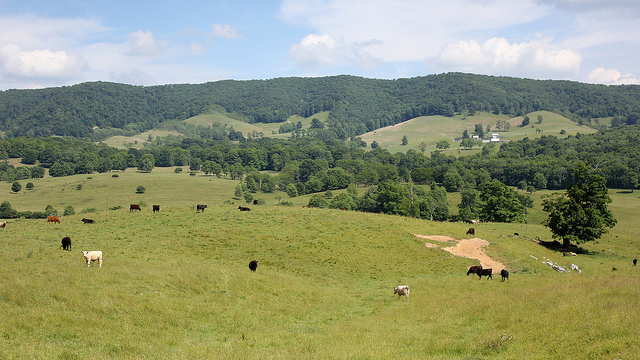Partners for Conservation board and staff attended the recent North American Wildlife and Natural Resource Conference held in Norfolk, Virginia. This is likely the biggest annual gathering of fish and wildlife management agency staff and nonprofit conservation organizations in the U.S., with attendees coming from all over the country to share information on challenges and opportunities related to fish and wildlife conservation.
This year the plenary sessions and a number of the special sessions focused on issues relevant to the appreciation of fish and wildlife resources by members of the public who are not currently involved in activities such as hunting, fishing and wildlife watching. This has been a topic addressed at most of the conferences in recent years, as fish and wildlife agencies who are primarily supported by sportsmen’s dollars in most states try to come to grips with changing demographics and a loss of contact with nature among a large and growing segment of the American public.
While the wildlife management profession is well represented at the conference, private landowners–the natural partners of those engaged in fish and wildlife conservation–are less in focus. Unlike other parts of the world, North American fish and wildlife resources are a public trust resource (owned by the public) and managed by state, provincial, or federal agencies on behalf of the public. However, most wildlife species actually live part, or all, of their life on private land. You might say that the North American model of wildlife management is the “original” public-private partnership.
In some places out on the ground, however, folks are beginning to appreciate the interaction and interrelatedness of people and nature, and sometimes this is a bridge to help address sticky issues.
Even though just a very few landowners or landowner organizations were in attendance in Norfolk, there was a special session on collaborative conservation efforts that have integrated natural resource concerns with human and community concerns in pursuit of lasting, win-win solutions. This is very encouraging and hopefully a step towards broadening the definition of fish and wildlife resources within the wildlife management profession. Meeting people and communities where they are and where their interests overlap may be as helpful and productive as a broader appreciation of wildlife solely for wildlife’s sake.


